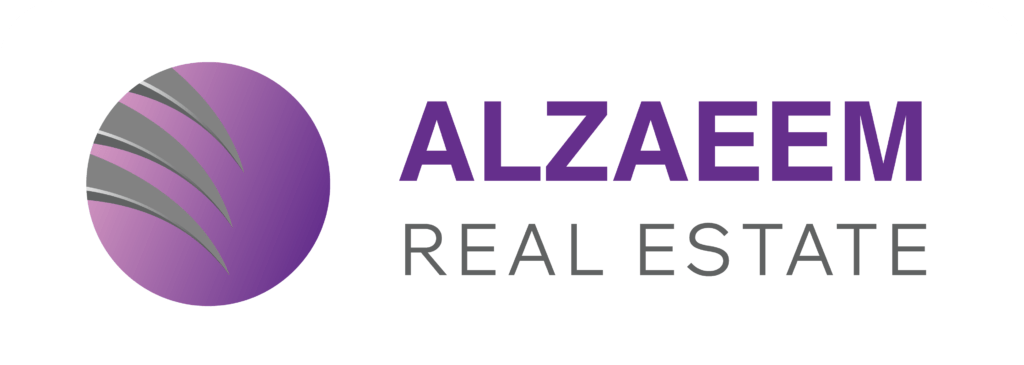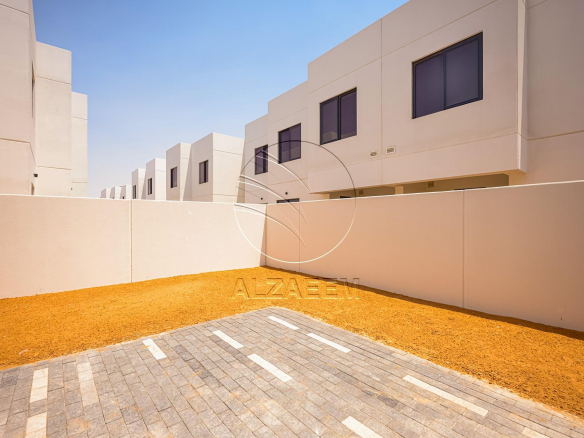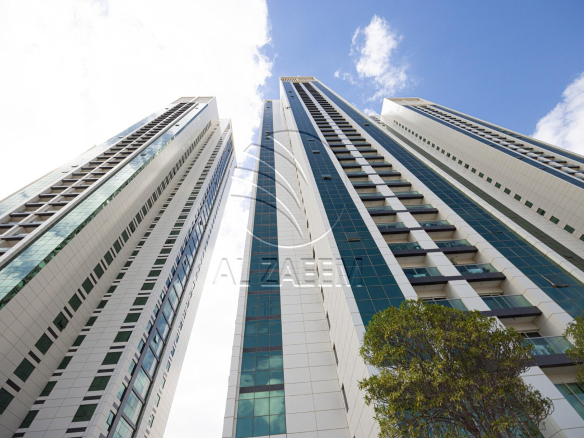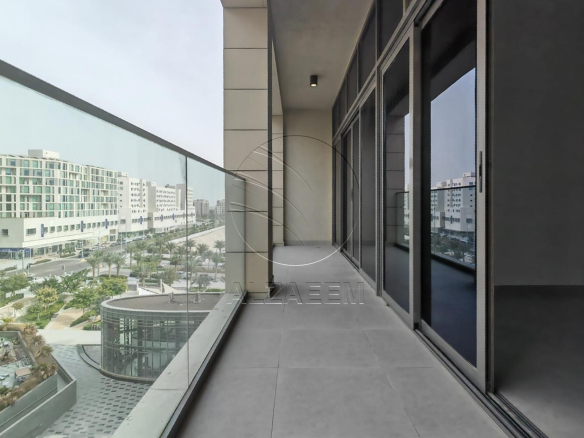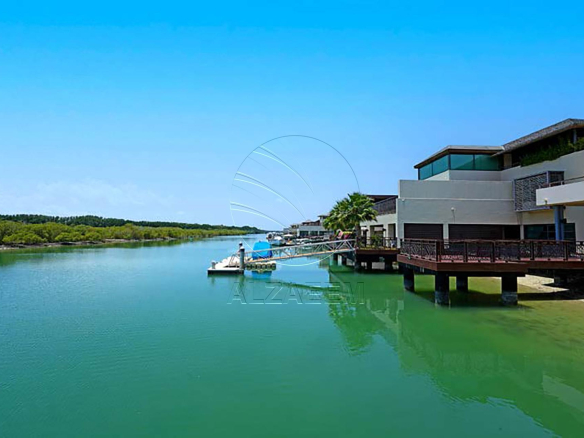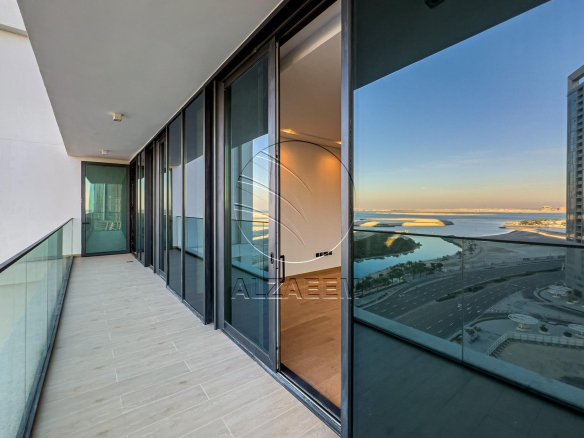Introduction to the changing landscape of work and its impact on real estate
Welcome to the future of work, where traditional office spaces are being re imagined and reshaped by evolving trends and technologies. The way we work is rapidly changing, bringing about a transformation in the UAE real estate market. As remote work becomes more prevalent and companies seek flexible solutions, the demand for innovative office spaces is on the rise. In this blog post, we will delve into tomorrow’s office spaces and explore how they are influenced by the shifting landscape of work in the UAE. Join us as we embark on a journey into an exciting new era of workplace design and functionality
⚡ Upcoming | Big Layout | Premium Location ⚡
Noya 1, Noya, Yas Island, Abu Dhabi- Beds: 2
- Baths: 3
- 1878 sqft
- Townhouse
⚡ Move in Ready! Prime Address | Lovely Views ⚡
Marina Heights 2, Marina Square, Al Reem Island, Abu Dhabi- Bed: 0
- Bath: 1
- 538 sqft
- Apartment
✳️ HOT DEAL | 1BR with Balcony! Upcoming ✳️
Park View, Saadiyat Island, Abu Dhabi- Bed: 1
- Baths: 2
- 844 sqft
- Apartment
✳️Mixed-Use Low Rise Bldg | Prime Location✳️
Mashoui Al Qubaisi, Airport Road, Abu Dhabi- 34000 sqft
- Whole Building
✳️ Tranquil Resort Living | Private Boat Dock ✳️
Al Gurm Resort, Al Qurm, Abu Dhabi- Beds: 4
- Baths: 5
- 14900 sqft
- Villa
⚡ Prime Investment with High Quality Finishing ⚡
Reem Eleven, Shams Abu Dhabi, Al Reem Island, Abu Dhabi- Beds: 3
- Baths: 4
- 3039 sqft
- Apartment
Trends in remote work and its effects on office spaces
In today’s fast-paced world, remote work has become increasingly prevalent. The advancements in technology have made it easier than ever for employees to work from anywhere at any time. This trend has had a significant impact on traditional office spaces.
One of the main effects of remote work is the shift towards more flexible and adaptable office environments. With fewer employees physically present in the office on a daily basis, companies are rethinking their workspace strategies. Cubicles are being replaced with open-plan layouts that promote collaboration and creativity.
Additionally, there is a growing demand for co-working spaces where individuals from different companies can come together to work in a shared environment. These spaces offer amenities such as high-speed internet, meeting rooms, and even recreational areas to foster networking opportunities and productivity.
Moreover, remote work has also influenced the design of office spaces. Companies now focus on creating comfortable and functional environments that cater to individual needs. Ergonomic furniture, natural lighting, and greenery are just some examples of how workplaces are embracing wellness elements to enhance employee satisfaction and well-being.
Furthermore, technology plays a crucial role in enabling remote work by providing tools for efficient communication and collaboration among team members who may be geographically dispersed. Video conferencing platforms, project management software, and cloud-based storage solutions have become essential components of modern offices.
As we look ahead into the future of work, it is clear that remote employment will continue to shape our understanding of office spaces. The real estate market must adapt to these changing trends by offering flexible lease terms or transforming existing properties into vibrant co-working hubs.
By staying abreast of these developments in workplace dynamics and aligning with emerging needs through innovative design concepts, UAE real estate developers can position themselves at the forefront of tomorrow’s office space revolution!
The rise of flexible office spaces and co-working spaces
Flexible office spaces and co-working spaces have been gaining popularity in recent years, revolutionizing the way people work. Gone are the days of traditional office setups with fixed cubicles and rigid schedules. Today’s workforce is seeking more flexibility and collaboration, and these shared workspaces provide just that.
One of the key advantages of flexible office spaces is their ability to adapt to changing needs. Companies can easily scale up or down their space requirements without worrying about long leases or expensive renovations. This flexibility allows businesses to stay agile in a rapidly evolving market.
Moreover, co-working spaces foster a sense of community among professionals from various industries. These vibrant hubs bring together like-minded individuals who can network, collaborate, and share ideas. They offer an inspiring environment where creativity thrives, leading to increased productivity and innovation.
Additionally, flexible office spaces often come equipped with modern amenities such as high-speed internet, state-of-the-art technology infrastructure, meeting rooms, lounge areas, and even on-site cafes. These features create a conducive working environment that promotes efficiency while catering to the diverse needs of different professionals.
Furthermore, these shared workspaces enable cost savings for both startups and established businesses alike. Instead of investing in individual offices or building maintenance expenses, companies can access all necessary facilities at an affordable price by opting for co-working memberships or renting flexible office space.
In conclusion (as per your request), the rise of flexible office spaces and co-working spaces has transformed how we perceive traditional workplaces. Their adaptability, collaborative atmosphere,and cost-effectiveness make them attractive options for today’s dynamic workforce in the UAE real estate market.
How technology is shaping the future of work and its impact on office design
Technology is revolutionizing the way we work and transforming office design in the process. With advancements in communication tools, automation, and artificial intelligence (AI), traditional office setups are being re imagined to better accommodate the needs of today’s workforce.
One significant impact of technology on office design is the rise of remote work. With employees able to connect with colleagues and clients from anywhere in the world, there is less reliance on physical offices. This has led to a shift towards more flexible spaces that can be easily adapted to different working styles and preferences.
Collaboration tools such as video conferencing and project management software have also changed how teams interact within an office space. Open floor plans with designated collaboration areas have become popular, fostering creativity and teamwork.
Moreover, AI-powered technologies are streamlining various tasks previously done manually. From virtual assistants handling administrative duties to smart sensors optimizing energy consumption, these innovations enhance productivity while reducing costs.
Another area where technology greatly influences office design is through smart buildings. These structures utilize advanced systems for lighting, temperature control, security, and even occupancy tracking. By collecting data on space utilization patterns, companies can optimize their real estate investments by ensuring efficient use of resources.
Furthermore, technology plays a pivotal role in creating connected environments that prioritize employee well-being. Smart desks that remind workers to take breaks or adjust their posture promote healthier habits throughout the day.
As technology continues its rapid advancement trajectory in the future workplace landscape evolves accordingly; it will undoubtedly shape not just how we work but also where we work – pushing boundaries of innovation further than ever before!
Sustainability and wellness in office spaces
Sustainability and wellness have become increasingly important considerations in the design of office spaces. As we strive for a greener and healthier future, it is crucial that our work environments align with these goals.
In terms of sustainability, offices are incorporating eco-friendly features such as energy-efficient lighting systems, solar panels, and water-saving fixtures. By reducing their carbon footprint, companies not only contribute to environmental preservation but also inspire employees to adopt sustainable practices in their daily lives.
Wellness-focused office spaces prioritize the physical and mental well-being of employees. Natural light, biophilic design elements like indoor plants, ergonomic furniture, and dedicated areas for relaxation or exercise all play a role in creating a healthy work environment. These aspects promote productivity while minimizing stress levels.
Moreover, some forward-thinking companies are even integrating wellness programs into their office spaces. This includes on-site fitness facilities or classes, mindfulness rooms for meditation or yoga sessions, healthy food options at cafeterias or nearby establishments—all aimed at enhancing employee health and happiness.
By embracing sustainability and wellness principles in office design, businesses can attract top talent who appreciate environmentally conscious practices and value their own well-being. It’s evident that investing in these aspects results in increased productivity and job satisfaction among employees.
The future of work will undoubtedly see an even greater emphasis on sustainability initiatives within office spaces. Companies will continue to seek out environmentally friendly solutions while prioritizing employee health as they adapt to the changing landscape of work.
The role of location in the future of work
The role of location in the future of work is becoming increasingly important as businesses and employees seek out spaces that offer convenience, accessibility, and a vibrant environment. In today’s competitive market, being located in the right place can make all the difference.
With remote work becoming more prevalent, many professionals have realized they can work from anywhere with an internet connection. However, this doesn’t mean that physical office spaces are no longer necessary. In fact, having a well-located office space can still provide numerous benefits for both employers and employees.
For starters, being situated in a prime location allows companies to attract top talent. Professionals are often drawn to areas where they can easily commute or have access to amenities such as restaurants and shops during their breaks. A desirable location also gives businesses a competitive edge when it comes to networking opportunities and collaborations with other like-minded organizations.
Furthermore, having an office space at a strategic location ensures proximity to clients or customers who may prefer face-to-face interactions over virtual meetings. It enhances credibility and fosters better relationships with partners and stakeholders.
As cities continue to grow rapidly across the UAE region, urban hubs are emerging as hotspots for business activities. These dynamic locations not only offer excellent infrastructure but also enable professionals to tap into diverse networks of industry experts.
However, while city centers remain popular choices for offices, suburban areas are gaining traction too. With improved transportation systems connecting these regions with major cities swiftly and efficiently – professionals now have more options for setting up their workplace outside bustling metropolitan areas.
In conclusion (without using those words), choosing the right location for tomorrow’s office spaces will be crucial in attracting talent, fostering collaboration opportunities,and building strong connections within thriving communities across the UAE real estate market.
Conclusion: Preparing for tomorrow’s office spaces in the UAE real estate market
As we have explored the changing landscape of work and its influence on office spaces, it is clear that the future holds exciting possibilities. The trends in remote work, flexible office spaces, technology advancements, sustainability and wellness initiatives, and strategic location choices are all shaping the way businesses operate.
To stay ahead in this ever-evolving environment, both employers and real estate developers need to be proactive in adapting to these changes. Here are a few key areas to focus on when preparing for tomorrow’s office spaces:
1. Embrace flexibility: Companies should consider incorporating flexible work arrangements into their operations. This can include offering remote work options or providing employees access to co-working spaces when needed. By embracing flexibility, businesses can attract talent from anywhere while optimizing their physical space usage.
2. Adopt smart technologies: Technology will continue to play a significant role in shaping the future of workspaces. From advanced communication tools to integrated systems that enhance productivity and streamline operations, investing in smart technologies is crucial for staying competitive.
3. Prioritize sustainability and well-being: Energy-efficient buildings with sustainable features not only reduce environmental impact but also contribute positively towards employee well-being and productivity. Incorporating elements like natural light, greenery within offices, ergonomic furniture, fitness facilities or dedicated wellness rooms can create an inviting workplace environment.
4. Choose strategic locations: With remote work becoming more prevalent, choosing a strategic location for your office becomes even more critical than ever before. Accessible locations close to amenities such as transportation hubs or lifestyle centers will attract top talent while ensuring convenience for employees.
In conclusion,
The future of work is rapidly evolving with technological advancements transforming traditional office settings into dynamic environments focused on collaboration and employee well-being. For UAE real estate developers and businesses operating within this market, adapting to these changes by embracing flexibility, adopting innovative technologies, prioritizing sustainability efforts, and selecting strategic locations will be key to success in tomorrow’s office spaces.

